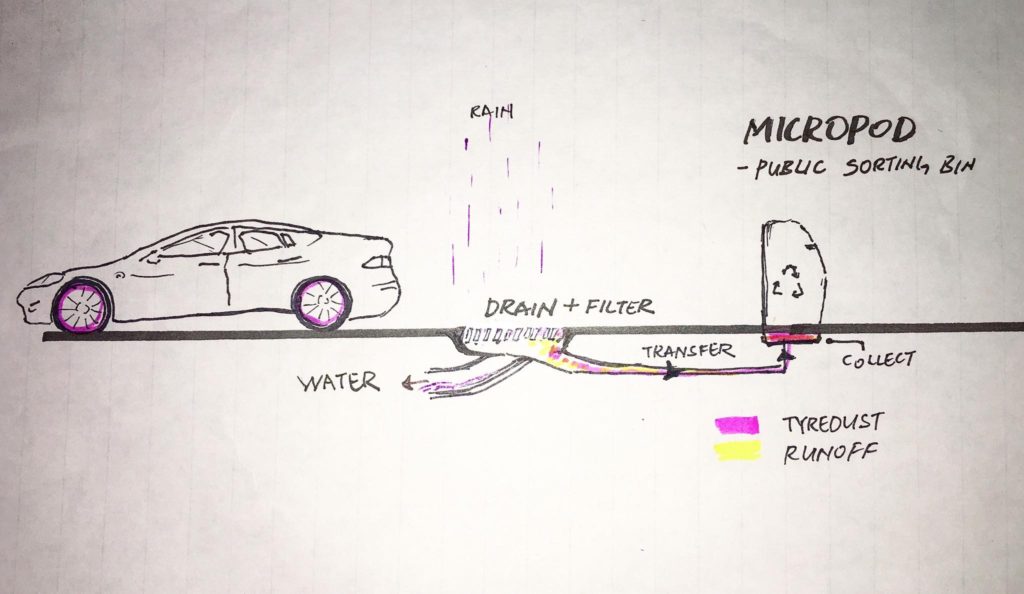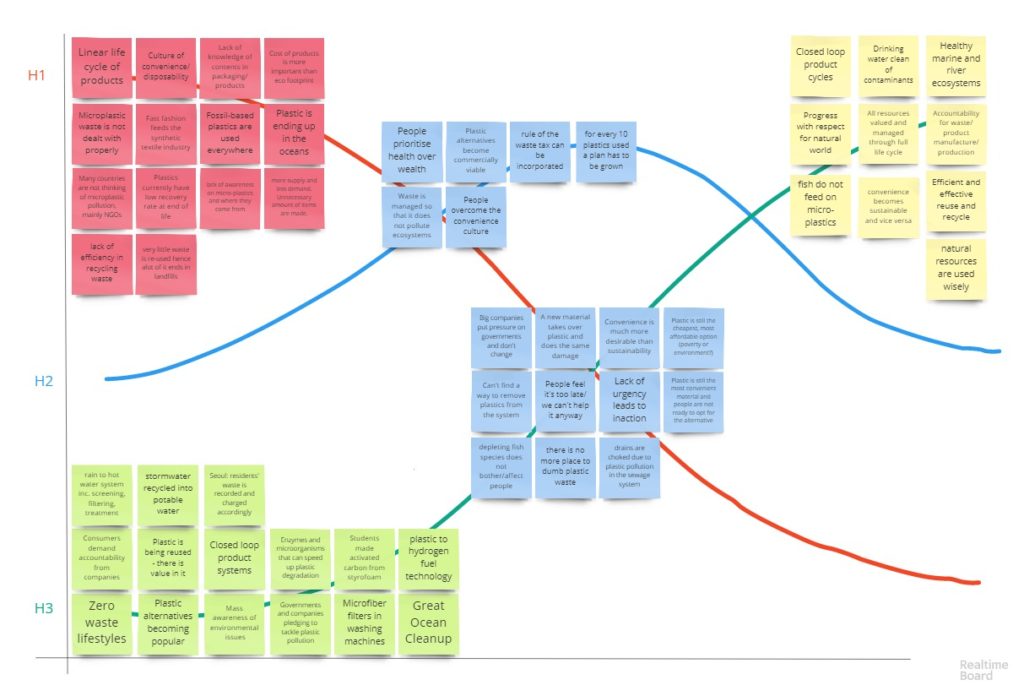Firstly, Happy Lunar New Year to those who celebrate! We just welcomed the Year of the Pig in 2019, meaning that part of our week was spent pigging out!

Happy Lunar New Year to all! Two out of three of team Spring embraced the animal of the year by pigging out during the reunion dinner!
Background vector created by freepik – www.freepik.com
When we did get down to work, we took a more critical look at our White Paper concept of the ReNewPod and the Filture using a SWOT analysis with the purpose of highlighting elements that we definitely want to bring forward and also elements that we need to resolve if we wanted to use in a future concept.
We also found that we harped a lot on the solution and technicalities of it that we often left out the user. We revisited the Point of View statements and, on the advice of the Teaching Team, need to move forward with prototyping and seeking user feedback to understand how people respond to our concepts. We are hoping to approach stakeholders at the Plastic Nurdle Hunt to accomplish this. In the meantime, while discussing how to present our concept, we found more gaps, questions, and even a new concept idea.

The week was also spent fleshing out more on our futures map by looking for industry insight into the context we are designing for. This led to discovering some new technologies that could be applicable in our solution, such as:
- Plastic waste conversion into hydrogen fuel
- Electro-adhesion as a way of filtering particles out of water
- Stormwater recycling to potable water is currently undertaken in the Yarra Valley (Victoria, Australia)
We also read about waste management in South Korea, where residents are charged by the weight of their disposed items and where plastics that are difficult to recycle are being phased out completely.
These could be considered ‘Pockets of the Future’ that may be indicators of what could be more prevalent in a future, as plotted on the Three Horizons Framework of Microplastics in Water

Insights:
As a team, we want a concept that makes sustainability convenient, is able to use (and reuse) resource, empowers users with knowledge, contributes positively back to the community, and makes people and companies accountable for what they produce. At the same time, we need to consider not creating something that uses up a lot of energy, is desirable for users, does not create new problems (pollution), and actually addresses the root of the problem.
Finding a user need for a problem that affects everybody is almost more difficult than a niche problem. Would a solution that addresses things on a systemic level still be relevant for the everyday consumer?
We keep going into loops thinking of the future – will our solution still be relevant if single-use plastics are banned? But even if they’re banned will people still have plastics? Clearly, we need to become more comfortable with working on hypotheses!
Electro-adhesion technology seems to be a viable method of filtering – now, we need to know how it works and what its limitations are
Who is the user and what is their need?
Us, trying to keep it grounded!
Next steps
- Prepare in detail how to prototype/ present our ideas
- Complete a Future Framework based on PESTLE that will set the context of our solution concept
- Speak to Ravi, DFM’s Prototyping Coach to understand more about 3D printing and plastic use (and by-product generation)
- Network with the people at the Plastic Nurdle Hunt – hope to meet people in water waste treatment and in plastic recycling
- Interview with Executive Director of Plastic Oceans Australasia on Monday
- Gain user feedback/ insight to enhance our project in anticipation of our Midway presentation next week
- Flesh out a stakeholder map and engagement plan once we have a clearer idea of which concept we are bringing forward
References:
https://www.power-technology.com/comment/plastic-to-fuel/
https://www.outbackwater.com/electro-adhesion-at-work/
https://www.channelnewsasia.com/news/cnainsider/south-korea-plastic-waste-crisis-reducing-recycling-china-10805292
https://watersensitivecities.org.au/content/water-utilities-of-the-future-australias-experience-in-starting-the-transition/


Recent Comments